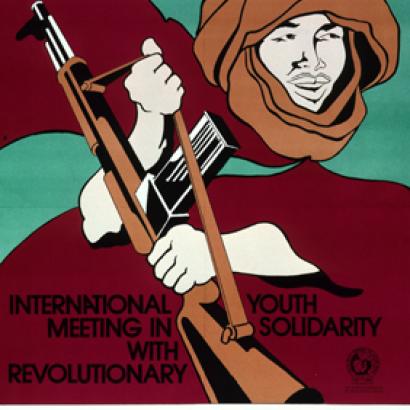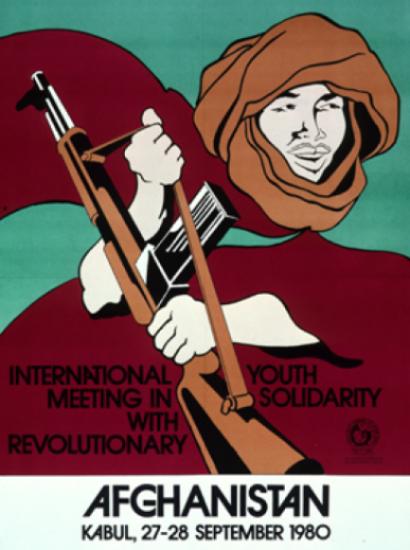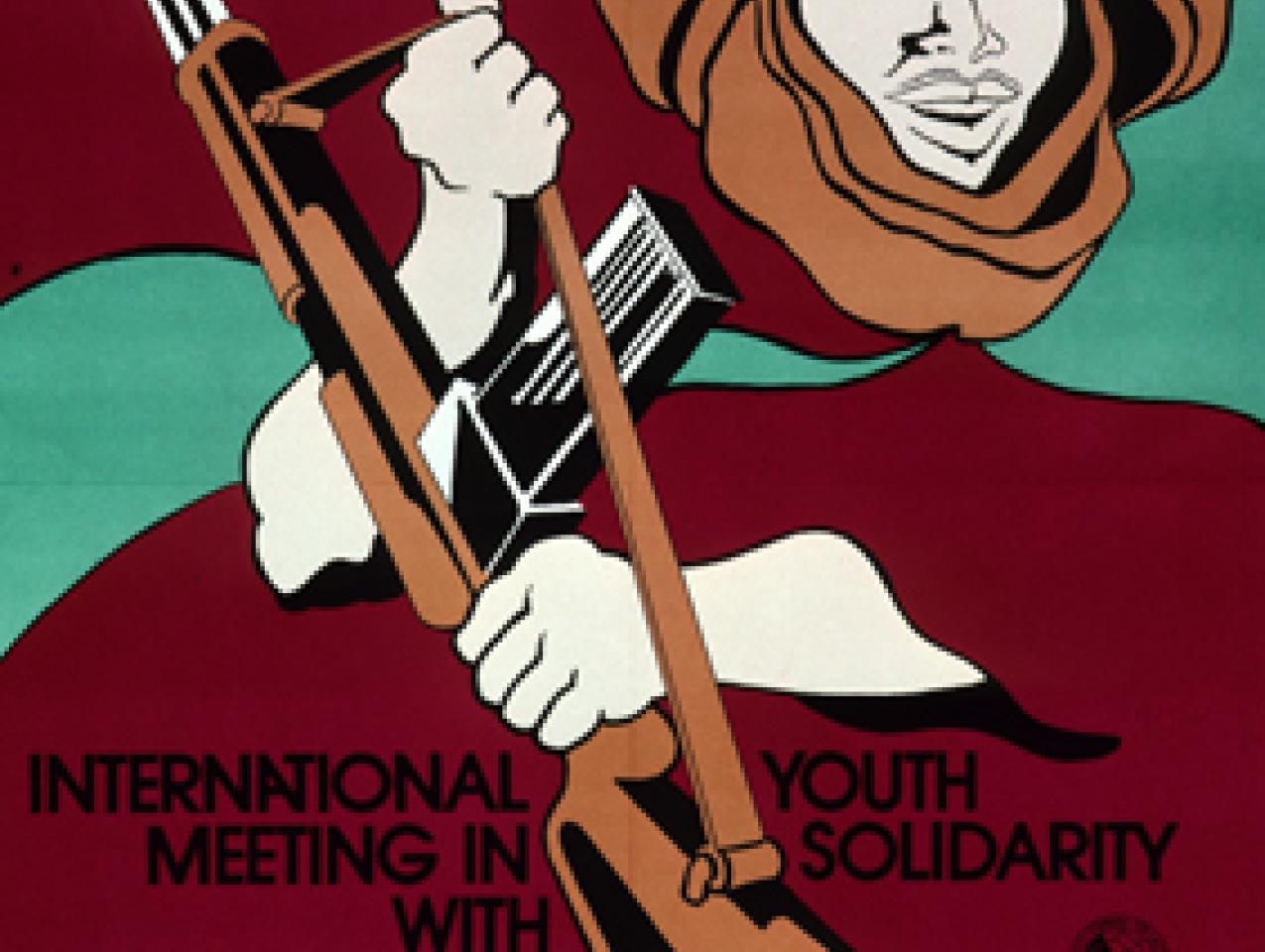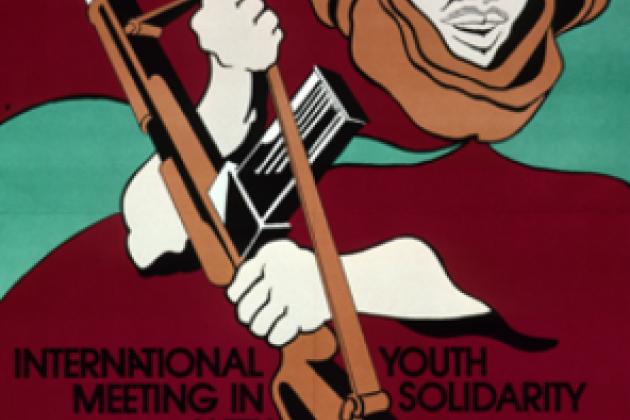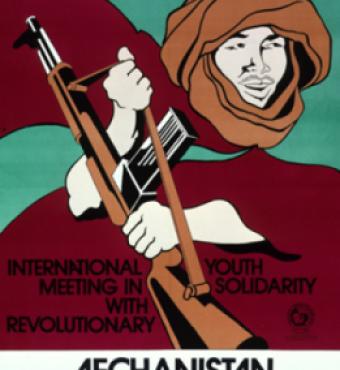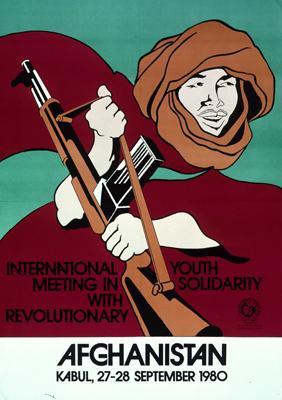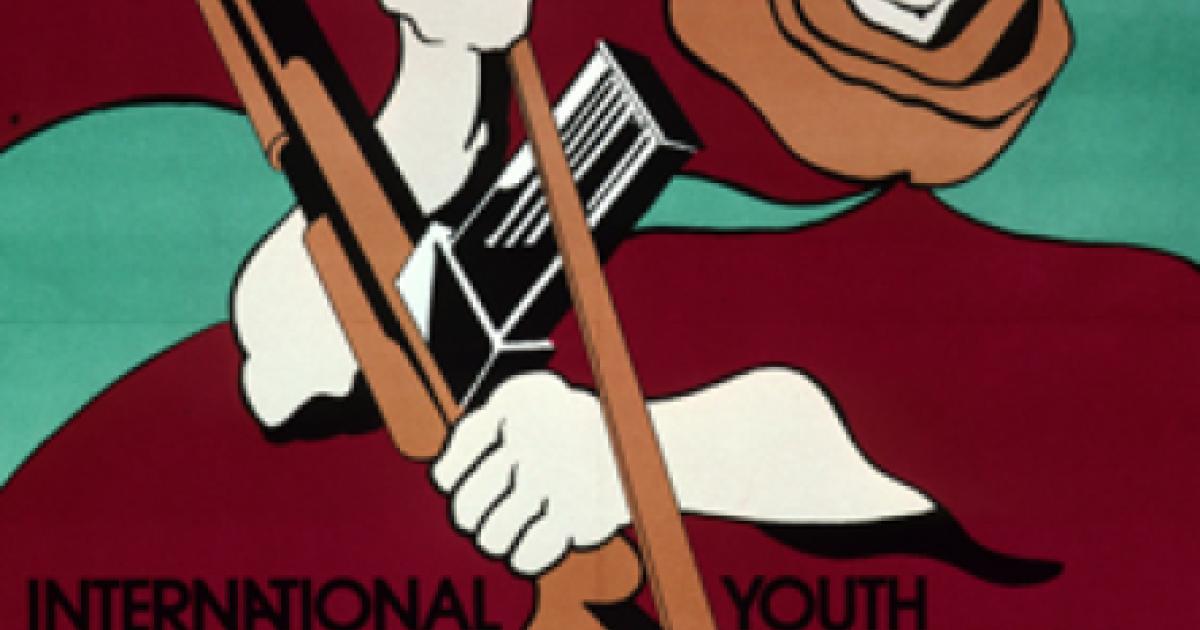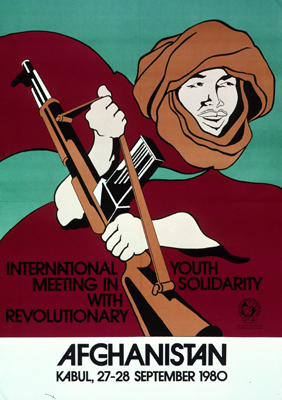
Afghanistan long ago became known as the “graveyard of empires.” But while it is undoubtedly a tough place to fight and a tough place to control, its reputation is vastly overblown. In fact the last two empires to try to dominate Afghanistan—the British and Soviet—largely succeeded in achieving their objectives even after pulling their troops out as long as they were willing to keep extending aid to Kabul.
The British encounter with Afghanistan is remembered primarily for the disaster of the First Afghan War (1839-1842) which culminated in a pell-mell retreat by Anglo-Indian troops and their camp followers from Kabul. Almost the entire force of 16,000 people, including 700 Europeans, was wiped out as a result of freezing winter temperatures and unrelenting attacks by hostile tribesmen. The British encountered further setbacks during the Second Afghan War (1878-1880), most notably defeat at the Battle of Maiwand in southern Afghanistan, when nearly 1,000 soldiers out of a force of 2,500 were wiped out.
Yet London managed to achieve its essential objective in Afghanistan: to keep control of Kabul’s foreign policy and to keep Russian influence out. From 1880 to 1919 Afghanistan was a virtual protectorate of the British Empire, with the British supporting the rule of Abdur Rahman, “the Iron Emir,” and his son Habibullah. Habibullah’s assassination in 1919 brought to the throne his brother Amanullah, who launched the Third Afghan War to regain control of his country’s foreign policy. He succeeded but only because the British were too war-weary to offer much resistance. In any case Russia, at that point in the throes of a civil war between Whites and Reds, appeared to pose little threat of trumping British influence in Afghanistan.
The Soviet occupation of Afghanistan, which began over Christmas 1979 and ended in early 1989, suffered even more setbacks than the British did during their three Afghanistan wars. Moscow would lose 26,000 Red Army soldiers in battles against the mujahideen, who had the formidable advantages of enjoying cross-border sanctuary in Pakistan and external sources of arms from the U.S. and Saudi Arabia, among others. Yet the Soviet-backed Najibullah regime survived the pullout of the Red Army. Najibullah would continue to rule until 1992, by which time the Soviet Union had dissolved and its subsidies to Kabul had ended. At that point Najibullah was finally toppled by two tribal militias—Ahmad Shah Massoud’s Tajiks and Abdul Rashid Dostum’s Uzbeks. But between 1989 and 1992 Moscow had finally achieved, however briefly, its essential objectives in Afghanistan by supporting a friendly government in Kabul.
Will it be possible for the U.S. to repeat the example of the British and Russians and keep a friendly regime in power in Kabul while withdrawing most of its own troops by the end of this year? To answer that question requires a brief review of Afghanistan’s history since 2001.
The Taliban fell with surprising ease in the months after 9/11. They were toppled by the Northern Alliance assisted by American aircraft and a small number of American intelligence officers and Special Operations soldiers, because their barbarism had cost them the support of the population. At the end of 2001, a new government was cobbled together by outside powers led by an urbane, English-speaking exile named Hamid Karzai.
Karzai, however, exercised little real influence at first. Effective power devolved to brutal warlords such as Sher Mohammad Abkundzada, Muhammad Fahim Khan, Ismail Khan, Gul Agha Sherzai, and Karzai’s own half brother, Ahmed Wali Karzai. The problem was that, when these men had last ruled Afghanistan in the early 1990s, following the overthrow of Najibullah, the situation had been so corrupt and chaotic that many Afghans had welcomed the Taliban as a more humane alternative. Karzai knew this and he sought in vain to curb the warlords’ influence. He failed because the warlords had more armed men than he had. The U.S. and its coalition allies put little effort into building up Afghan security forces. There were a total of just 6,000 soldiers and police at the end of 2002 and fewer than 100,000 at the beginning of 2007—clearly insufficient to control a country of 30 million people. Nor did the U.S. and its allies send their own forces to fill the resulting power vacuum. As late as 2006 there were only 30,000 U.S. troops in Afghanistan, and their mission was primarily limited to chasing remnants of al-Qaeda.
Karzai asked for American military help to limit the warlords’ power. Secretary of Defense Donald Rumsfeld refused, telling him to do things the “Chicago way”: “My point was that instead of giving Karzai the freedom to throw around the weight of the U.S. military,” Rumsfeld explained in his memoir, “he should learn to use patronage ... to get the local Afghan warlords, governors, and cabinet officials in line.” Karzai learned this lesson all too well. He soon formed a symbiotic relationship with the warlords: They kept him in power and in return he turned a blind eye to their thievery and graft, which included everything from producing illicit narcotics to appropriating government land for themselves.
Meanwhile, the Taliban, who had been flat on their backs in 2002-2005, regenerated themselves in Pakistan sanctuaries with the tacit permission and probable assistance of Pakistan’s Inter-Services Intelligence Agency. By 2006 they reemerged to present once again a growing threat. Many rural Pashtuns in southern and eastern Afghanistan were receptive to their return because they were so fed up with the corruption and ineffectiveness of the American-supported government.
The U.S. military was not able to respond adequately to the growth of the Taliban because it was so committed to the war in Iraq. Only after the success of the Iraq surge in 2007-2008 could Washington begin to surge forces into Afghanistan. Under President Obama, who called Afghanistan the “necessary war” to distinguish it from Iraq, troop levels tripled to 100,000 American personnel in 2010. Yet that was still not as many troops as commanders on the ground wanted, and along with the decision to send more troops Obama also announced an 18-month timeline on their deployment, which encouraged the Taliban to simply wait them out.
The limited size and duration of the surge made it impossible to conduct clear-and-hold counterinsurgency operations across the entire country. Gen. Stanley McChrystal, the NATO commander from 2009 to 2010, limited the scope of his clear-and-hold operations to the Taliban hotbeds of southern Afghanistan. Here the troop-surge had a palpable impact, with the Taliban losing control of most of Helmand and Kandahar provinces by the end of 2011. The surge also enabled a renewed effort to train and equip the Afghan National Security Forces. Their size increased to 350,000 (roughly evenly split between army and police), and their effectiveness grew exponentially. Afghan forces have taken the lead in 95% of all military operations and they are suffering at least 95% of all coalition casualties.
Yet the Taliban remained very much undefeated. They still had safe havens in Pakistan and, more worrisome, they still enjoyed relative freedom of maneuver only a few hours’ drive from Kabul. McChrystal had planned to shift troops to the east after the south was secure, but by that time it was too late—President Obama was determined to draw down the force whether it made military sense or not.
So today the U.S. is preparing to leave Afghanistan while the Taliban still pose a major threat—but with the Afghan National Security Forces (ANSF) increasingly capable of defending their own country. Afghanistan is likely to remain impoverished and corrupt, but it is not necessarily destined to once again become a terrorist safe haven. The Afghan security forces can safeguard their country from a Taliban takeover, but only if they continue to receive assistance from the U.S. in such vital areas as intelligence, logistics, planning, and air support. U.S. commanders estimate the total cost of aid to the ANSF at $4 billion to $5 billion a year, and they believe that an absolute minimum of 10,000 U.S. troops will need to remain behind as advisers and as a high-end counterterrorism force. A greater commitment of money and personnel would further increase the odds of success—but that seems unlikely given President Obama’s rapidly waning commitment to the once-necessary war.
The size and shape of an American commitment to Afghanistan post-2014 remains unclear. To his credit Obama did negotiate a Bilateral Security Accord, but Karzai has refused to sign it. If Karzai’s successor signs the deal, there is still the question of how many troops and how much money the U.S. will send: some in the administration, led by Vice President Biden, argue for a minimal commitment of a few thousand troops, who would be hard-pressed to defend themselves much less extend any real assistance to the Afghans. Only if Obama is willing and able to keep adequate troop numbers in Afghanistan post-2014 will the country be able to resist Taliban encroachments. If the U.S. decides to cut off the regime in Kabul, by contrast, it would be lucky to last as long as Najibullah did.
And if the regime in Kabul were to fall, the Taliban and their al-Qaeda allies would return en masse to Afghanistan. The country could once again become a haven for international terrorists and a base from which jihadists could destabilize Pakistan. It’s still possible to avoid that outcome, but it will require learning the right lessons from the British and Russian experience and maintaining a robust post-2014 commitment.








